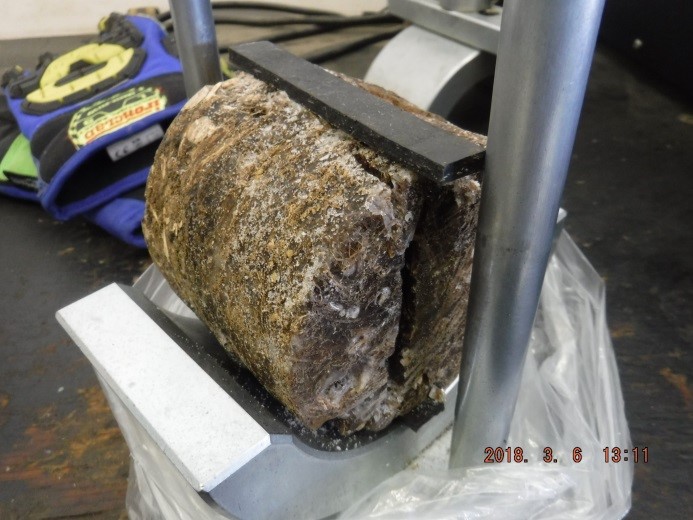Design of Winter/Ice Road Over Muskeg
Project Location: Northern Alberta
The project consisted of researching the topic of winter/ice road design and establishing a scientific rational to optimize (and minimize) the required thickness of frozen section as calculated by the 2013 Best Practice for Building and Working Safely on Ice Covers in Alberta (Alberta Best Practice).
These roads are generally constructed over low-lying muskeg areas with or without standing water and generally consist of frozen snow over ice over frozen muskeg. The guidelines established in the Alberta Best Practice were traditionally used to calculate the required thickness of ice cover. However, an improvement to this method was required to minimize construction cost and the required timeline to establish the frozen section.


The scope of work completed by SolidEarth included the following:
• Completed a publication review to: (i) better understand the state of practice; (ii) gather available tools and methods for the design of ice roads; and (iii) identify key parameters affecting the design.
• Reviewed the origin of Gold’s formula and its limitations, key assumptions, and applicability to the design ice roads over muskeg.
• Developed modifiers to Gold’s formula to account for some subgrade support from muskeg (as opposed to water).
• Reviewed and documented the client’s practice in building ice roads.
• Quantified the quality of the frozen section achieved by collecting un-disturbed frozen ice and muskeg cores, conducted laboratory strength testing (compressive and split testing), and identified various muskeg parameters.
• Developed numerical modelling to assess load bearing capacity and deflection of the frozen materials, and established modifiers to the current design practice to minimize the thickness of required ice section.
It was recommended that a field testing, monitoring, and instrumentation program be implemented to confirm the validity of the model and assumptions used, and to verify the output under moving and stationary loads. This program would include the following:
• Pore-water pressure fluctuation in the muskeg under loading conditions
• Load transfer from the ice into the muskeg
• Settlement of the muskeg under stationary loads
• Surface (radial) deflection of the frozen section under loading
• Potential effect of creep and failure in the frozen section
• Effect of temperature fluctuation on the quality of the frozen section
It was also recommended that similar sampling and testing programs be conducted at different geographical locations during different years in order to assess the natural variability in the muskeg deposit, and the effect of weather conditions on the formation and properties of the frozen section.
